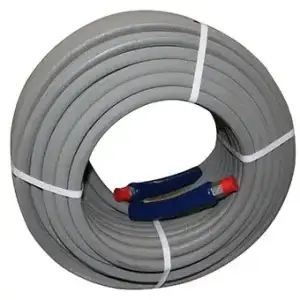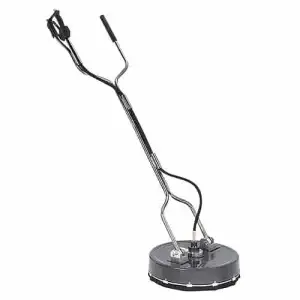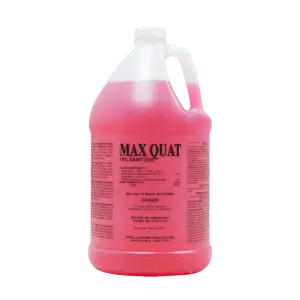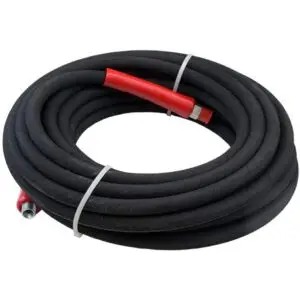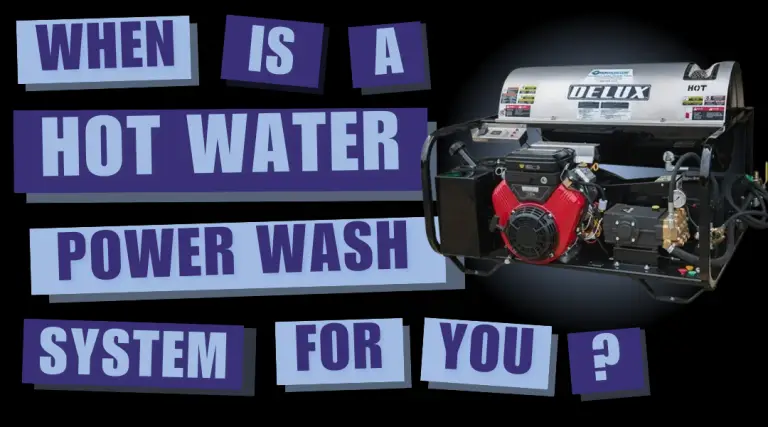- Home
- /
- Spray Tips
- /
- The Best Performance From Your Diaphragm Pump
Subscribe To Our Newsletter
Stay in the know on the latest products, deals, events, tips & tricks.
Social Media
Popular Products
The Best Performance From Your Diaphragm Pump
“Why do I keep burning through these 12 volt electric diaphragm pumps?” I hear this question quite often. So let’s talk about how to get the best performance out of electric diaphragm pumps. These pumps are an efficient tool for applying soft wash mix to a roof. The most trouble I have witnessed begins from the initial setup. A homemade setup or even a professionally built soft wash machine can have issues from just the smallest details.
-
- Draw from the top of your tank.
The electric diaphragm pump cannot work properly from gravity fed tanks. Positive pressure causes the valves inside to float.
-
- Make your pickup hose larger than your discharge hose.
The size and placement of the pickup hose is also important. The pickup hose works best if it is a larger size hose than the discharge hose. This allows the volume of chemical to be drawn properly. For example, you have a ½” discharge hose so you would use a larger size for the pickup hose like ¾”.
-
- Keep air and debris out of the pump.
Air and or debris can be a culprit in some situations. Connecting a mesh filter to the hose is one option to prevent debris from traveling inside your pump. A pickup tube is also another option allowing the hose to stay vertical without catching air. Once the pickup hose is connected, it is important to check for leaks from your connections to the intake side of the pump.
-
- Mount the pump in a well-ventilated area.
The connection of the pump is also important. The pump can be mounted to a frame horizontally or to a wall of a vehicle vertically. If mounted vertical, the head of the pump needs to be facing downward. Make sure your pump has plenty of ventilation and avoid mounting near heat. These pumps need to be able to take vibration so the rubber feet that are included should have some play in them.
-
- Make sure your hoses have a good seal.
Some pumps require threaded hose barbs and others may have quick release barbs that will be included with the pump. For threaded hose barbs, I suggest wrapping the threads with PTF tape before connecting to the pump. This will help lubricate the hose barb in the process and resist leaks around the threads.
-
- Make sure you have the right power supply.
The most common 12-volt diaphragm pump jets 5-7 gallon per minute. This size of a pump requires the use of a lot of amps from a battery that can provide the proper amount of power. I suggest to use a premium group 24 deep cycle marine batter with at least 550 cranking amps and an equivalent quality deep cycle capable battery charger. When connecting your pump to the battery, a proper amp rated inline fuse and toggle switch to control the power to the pump is recommended to help consume energy. Secure your connections tight; loose connections on a batter can cause malfunction of the pump or even the battery itself.
Keeping the battery charged is a must for a few reasons, the obvious is so you can have more time to spray of course. The next reason would be to avoid any damage to the electronic components such as the relay if equipped. Low amperage will cause the relay to fail to where no power will be supplied to the motor of the pump to function. If the relay has failed, it can be tested with an ohm meter and can be easily replaced with an equivalent relay.
-
- Use an accumulator tank.
An accumulator tank should be connected after the ump to the discharge hose. This helps the pressure switch shut off after the maximum pressure has been reached. This will reduce the amount of cycling and improve battery life during use. One thing I have seen is an accumulator failing from the discharge hose being elevated extremely high causing excessive back pressure. That being said, these systems work best from the ground or no higher than the gutter line of a roof.
-
- Make sure your discharge hose can handle the flow.
Once thing to keep in mind is the volume of chemical. The size of the hose on the discharge side must be proportioned to the flow the pump provides. For a 5 gallon per minute pump, a 5/8” discharge hose would be recommended as opposed to 3/8” to avoid restricting the flow. The ideal maximum of hose would be between 150 to 200’. If your system has a hose reel, the hose must be off of the hose reel during use to prevent restriction on the reel. The proper nozzle size that match the pump are important too. Use low pressure soap nozzles that are recommended with your pump.
-
- Use a trigger gun.
A trigger gun is an ideal way to connect to a hose barb at the end of your discharge hose. Some washers prefer a PVC ball valve instead, but the constant turn of the ball valve can be a little exhausting on your hands.
-
- Rinse your pump.
Rinsing after every job helps clean out the pump and hose of any leftover residue from your mix. If the mix dries, just think of the potential of tiny granules of salt inside your pump when it is powered on. It can tear up the insides or even get into the pressure switch chamber. This will stop a pump from working properly. Rinse the pump with a sodium hypochlorite neutralizer. This will cause the mix to dissipate faster.
Even if the pump has been properly set up and cared for, it will still go out eventually. Having an extra pump on hand or an alternative way to finish the job while you’re in the field can save your day.
Be careful out there and wash on!
Share This Post
More To Explore
Tax Benefits For Power Washing Professionals
Navigating the complexities of tax planning can be a daunting task for power washing professionals, yet it’s a crucial aspect …
Top 5 Must-Have Attachments to Elevate Your Power Washing Efficiency and Precision
Attachments for power washing systems are essential tools that significantly enhance the effectiveness, speed, and precision of professional cleaning jobs. …
When Should You Get A Hot Water Power Wash Machine?
When a Hot Water Power Washing System is Your Best Choice When deciding between a hot water power washing machine …
The Science Behing Power Washing
The Science Behind Effective Power Washing The science behind power washing is a balance of pressure, water, and chemical solutions …



